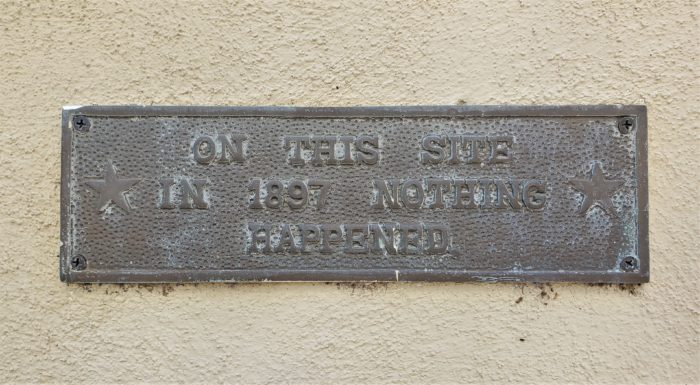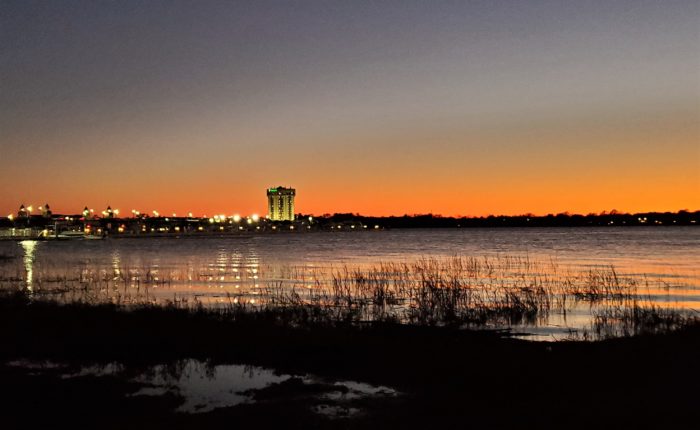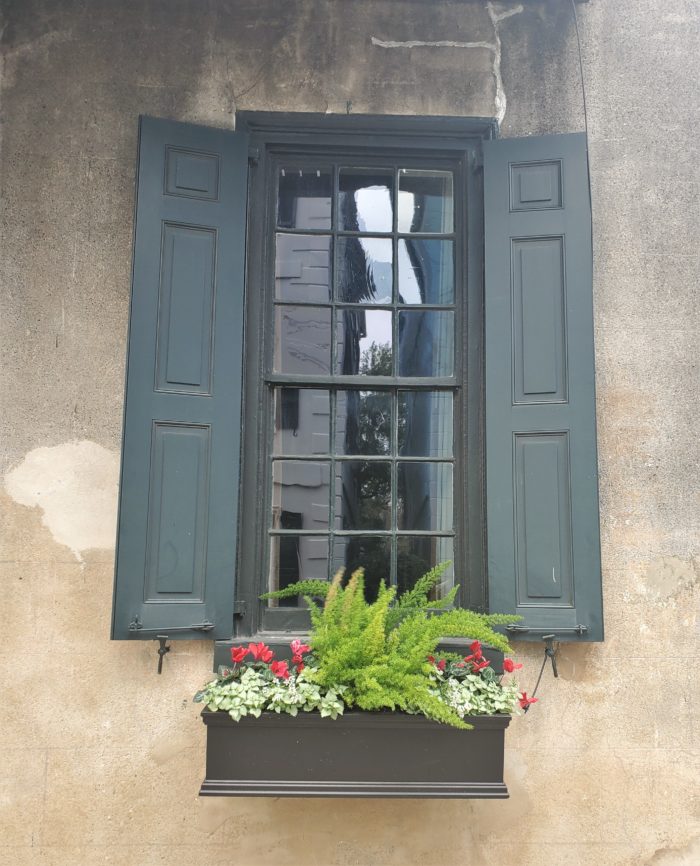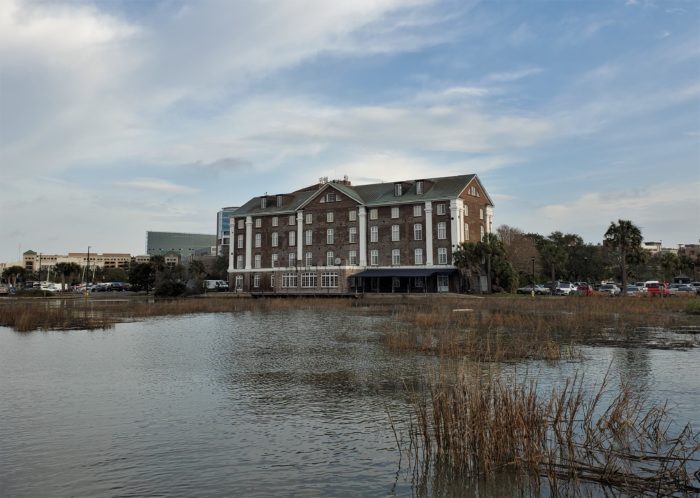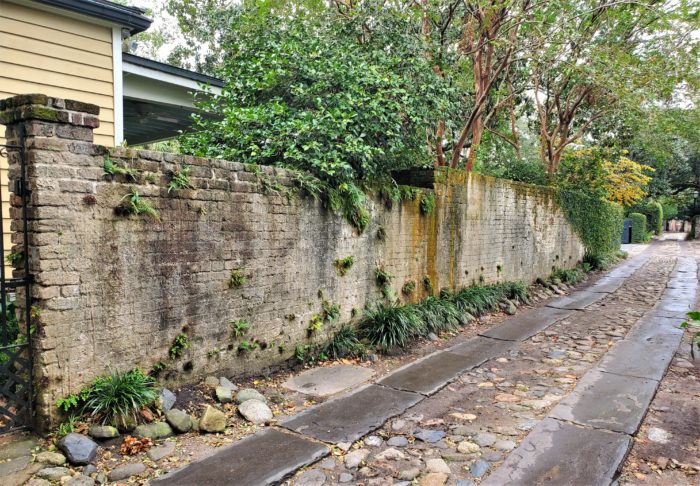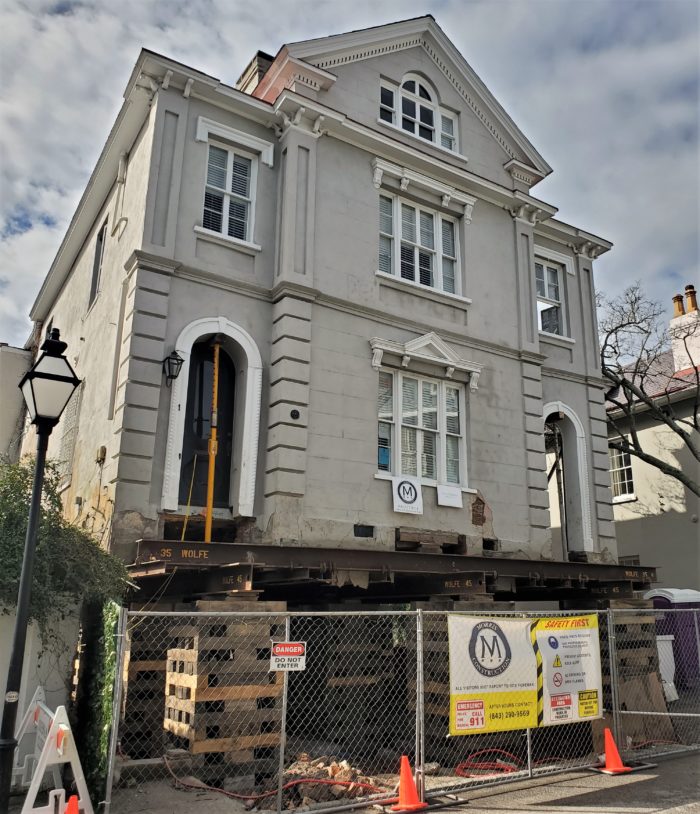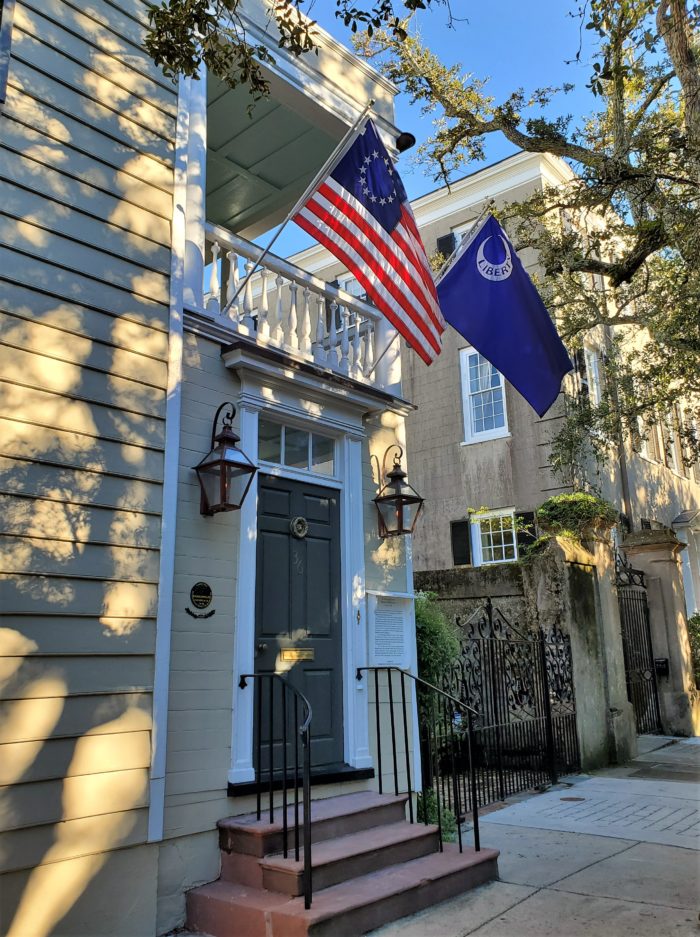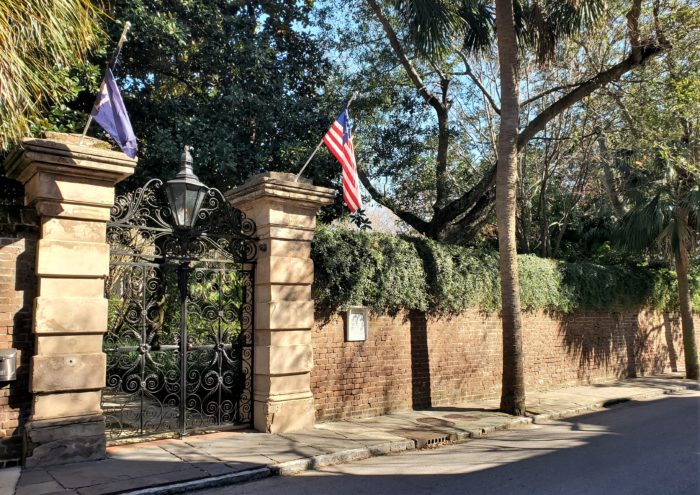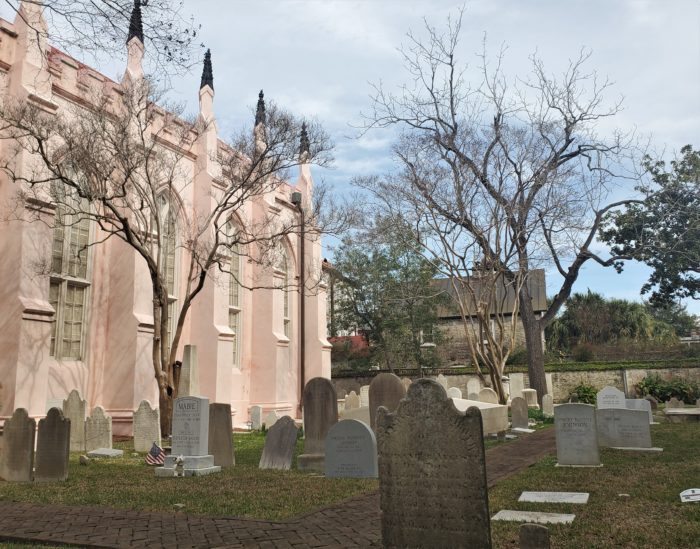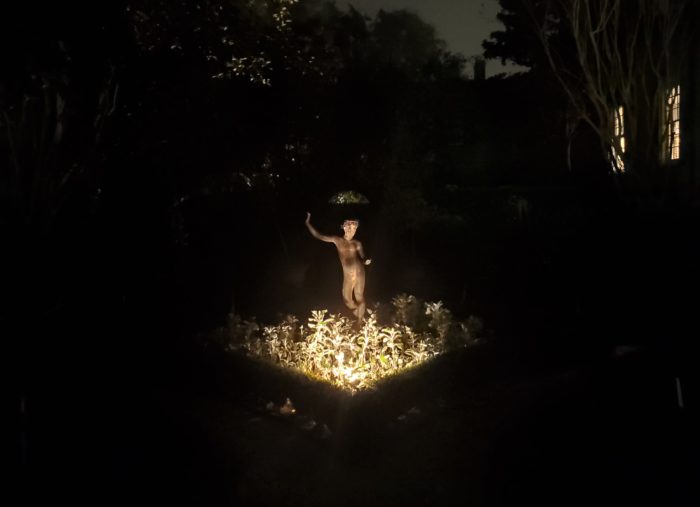When living in the number one travel destination in the known universe, some residents of Charleston do have a sense of humor about it. You can find this historic marker on West Street.
Round Holiday Inn
The “Round” Holiday Inn guards the southern entrance to the Charleston peninsula along the banks of the Ashley River. Beautiful at sunset, in 2018 it was named the ugliest building in South Carolina — this was not received well by many!
The Postman’s Window
The house to which this handsome window and flower box is on Tradd Street and dates back to 1740. It was the home of the 5th postmaster of Charleston. And in keeping with the tradition of the time, the front room of the house was used as the post office.
Rice Mill
The West Point Rice Mill (aka the Historic Rice Mill), c. 1861, sits on the banks of the Ashley River (right next to the Marina Variety Store Restaurant, the best breakfast place in Charleston). The rice (known as Carolina Gold) once made Charleston the richest city in North America.
Longitude Lane
Although you would think it has to do with its directional orientation, Longitude Lane — which connects East Bay and Church Streets — is not named for its compass reading. You can read all about it here.
Movin’ On Up
This house on Water Street has been sitting in the same spot since 1857. Now, because of flooding and rising sea levels, it and other houses around Charleston are being raised to make them safer from water. This is one of the most impressive I’ve seen so far.
Elfe in House
This beautiful house on Meeting Street, c.1740, is known for the original woodwork in its interior. The mantle is believed to have been created by Thomas Elfe, a famous Charleston cabinet maker.
Sword Gate
Built before 1810, the house behind this beautiful wall on Legare Street is known as the Sword Gate House — named after its iconic gate made by the master ironworker Christopher Werner.
Huguenot Graveyard
The Huguenot Church on Church Street traces its congregation back to the 1680’s. The current structure, designed by the famed architect E.B. White, dates back to 1845 — replacing a much simpler plain brick building. The graveyard (which is not a cemetery — a cemetery is away from the church on separate grounds, as opposed to being on the same plot of land) is full of interesting markers and headstones.
A Valentine
This heart-shaped vision can be found in the garden of the John Blake House, built at the very end of the 1700’s, on South Battery.
- « Previous Page
- 1
- …
- 44
- 45
- 46
- 47
- 48
- …
- 188
- Next Page »
